Do axolotls eat each other? Are axolotls cannibals?
The world of axolotls is captivating, but does it hide a darker side? This article delves into the intriguing question of whether axolotls might display cannibalistic tendencies. If you’re keen to unravel this aspect of their behavior, this exploration is a must-read. Let’s get into it!
Do Axolotls Eat Each Other? Are axolotls cannibals?
Yes, axolotls can display cannibalistic tendencies, especially during their larval stage. Young axolotls are known to nip at or consume the limbs of their tank mates.
This behavior is primarily driven by competition for food or space. As they mature, axolotls may become less aggressive, but monitoring their interactions and providing ample space and food is essential to minimize this behavior.
An axolotl feeling particularly famished is capable of eating any smaller axolotl that comes its way.
The process by which they accomplish this is truly gruesome and honestly not for the faint of heart. To give you a better insight into this mechanism, here we will go over the many reasons axolotls eat their kind, how they do so, and ways to prevent such a tragedy from arising.
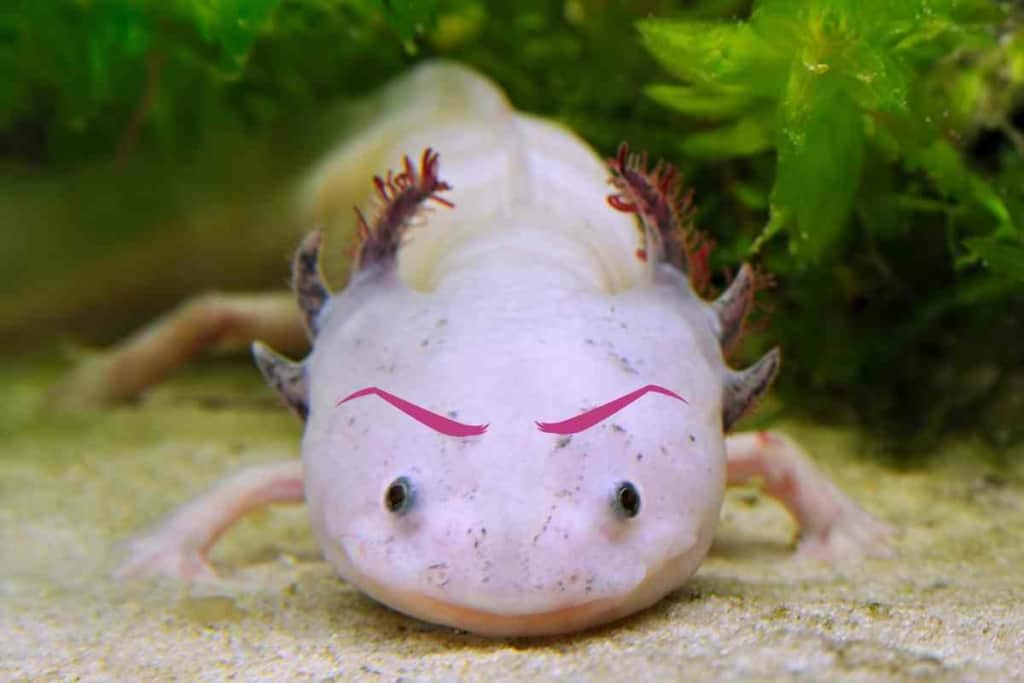
Learn More: You can learn more about what food to feed an Axolotl or if axolotl eat their babies in these two popular articles here on Embora Pets.
Are Axolotls Cannibals?
Yes, it is indeed true. One of the traits of these rare creatures is that they often choose to feed on their kind. Growing up, an axolotl has one of two options – to become the predator or the victim.
Studies have shown that around 60% of axolotls are eaten by their fellow species in the wild.
This high statistic is primarily due to the lack of food in their natural habitats.
When an axolotl reaches a certain size, it becomes top of the food chain and will start looking at smaller creatures as potential meals. This includes other axolotls.
While this is their natural habitat, in captivity, they are less likely to resort to cannibalism simply because there is an abundance of food for the axolotl.
However, if they are not properly cared for or if they become stressed, they may still resort to this dangerous behavior.

How Do Axolotls Eat Other Axolotls?
The process of an axolotl eating another axolotl is not a pretty sight. The larger axolotl will corner its prey and trap it underneath its body.
It will then proceed to use its powerful jaws to rip the victim limb from limb until there is nothing left but a bloody mess.
The entire process can take anywhere from a few minutes to a couple of hours, depending on the size of the axolotl being eaten.
Once the meal has been digested, the predator will return to its tankmate as if nothing ever happened. This cycle can continue until there is only one axolotl remaining in the tank.
While this may be their natural way of life, it should not be taken lightly.
If you plan on keeping axolotls as pets, it is important to take the necessary precautions to avoid such a tragedy from occurring.
Why Do Axolotls Eat Each Other?
There are multiple reasons axolotls will resort to cannibalism, depending on various factors like age, size, health, and stress levels.
While cannibalism is not their first choice in terms of food, it can happen under the right circumstances.
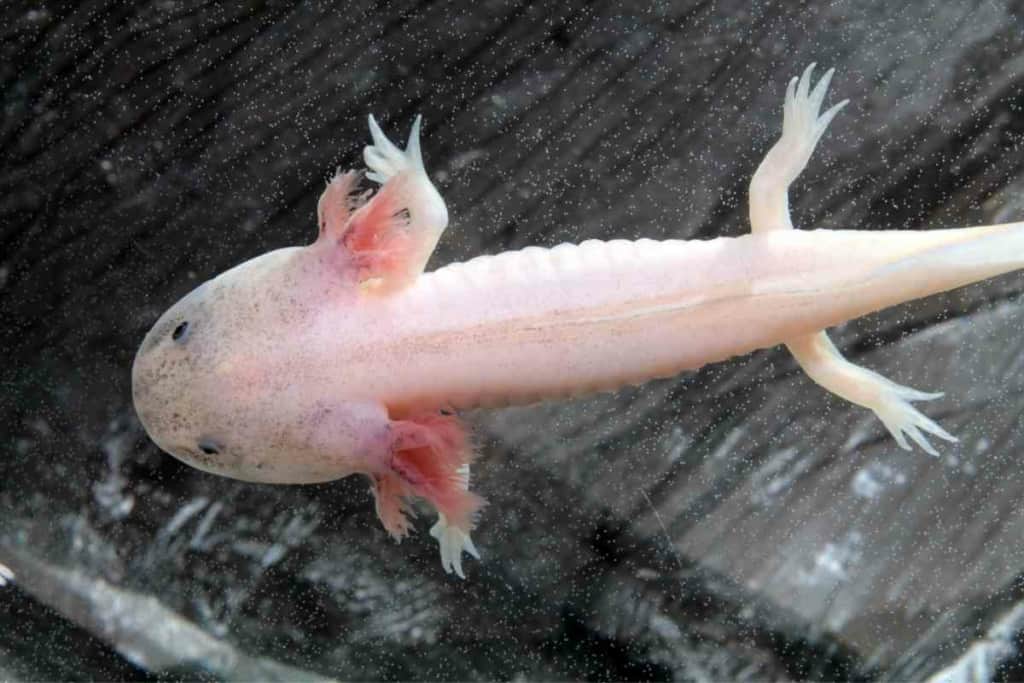
1-Hunger
One of the most common reasons for cannibalism among axolotls is hunger. If an axolotl does not have access to enough food, it may turn to eat smaller or weaker members of its species in order to survive.
This is especially true if the axolotl is younger and still growing.
It is also likely to happen if the axolotl is sick or injured, as their metabolism will be working overtime to heal them, and they will need more food to fuel this process.
2-Stress
Another reason axolotls may resort to cannibalism is due to stress. If an axolotl is feeling stressed, it may turn to eat other axolotls to cope.
This can be caused by a number of things, such as being in a new environment, being kept in too small of a tank, or having too many other axolotls in close proximity.
3-Age
Age can also play a role in cannibalism among axolotls. Younger axolotls are more likely to engage in cannibalistic behavior than older axolotls. This is because they are still growing and need more food to support their growth.
Additionally, younger axolotls are less experienced and more likely to make mistakes that could lead to them being eaten by another axolotl.
4-Size
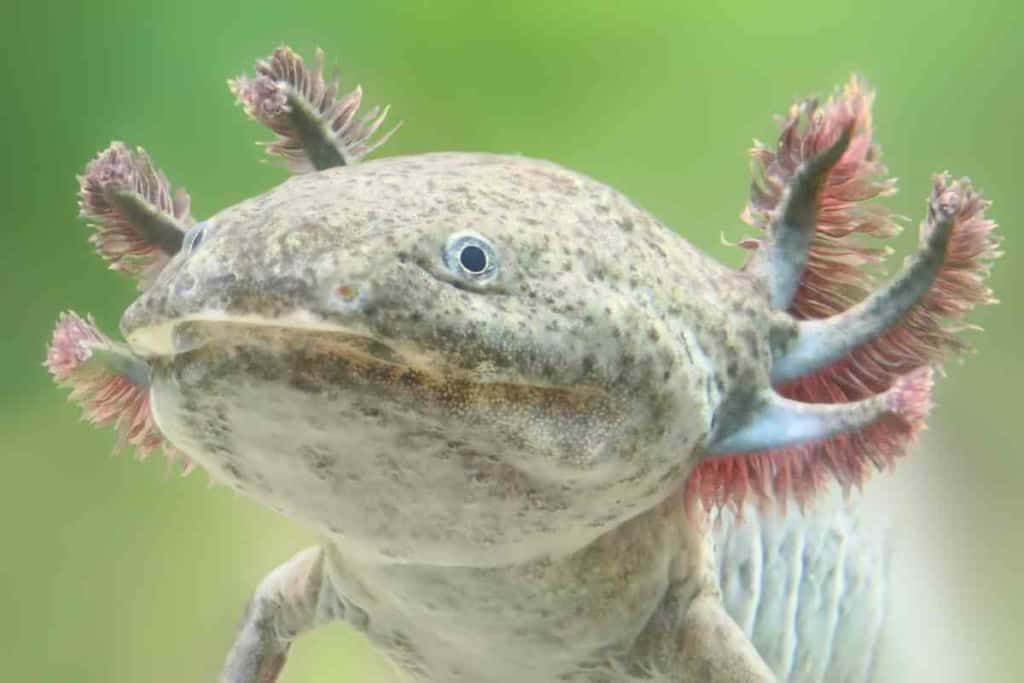
Size is another factor that can contribute to cannibalism among axolotls. If an axolotl is small, it may be eaten by a larger axolotl.
This is because the larger axolotl will be able to overpower the smaller one and eat it with little effort. Additionally, smaller axolotls are more likely to be seen as prey by larger predators, such as fish or other amphibians.
5-Health
Lastly, health can also play a role in cannibalism among axolotls. If an axolotl is sick or injured, it may be eaten by another axolotl.
This is because the sick or injured axolotl will be seen as weak and easy prey. Additionally, if an axolotl has a disease or parasite, it may be eaten by another axolotl in order to prevent the spread of the disease or parasite.
6-For regeneration
One of the most interesting reasons for cannibalism among axolotls is regeneration. If an axolotl loses a limb, it can grow back.
In order to do this, the axolotl must consume the same tissue that it lost.
This means that if an axolotl loses a leg, it will need to eat another axolotl’s leg in order to regrow its own. While this may seem gruesome, it is an amazing ability that allows axolotls to survive injuries that would be fatal for other animals.
How to Prevent Axolotls from Eating Each Other?
Learning how to prevent axolotls from eating each other is important for anyone who keeps these animals as pets.
You can do a few key things to help prevent cannibalism among axolotls.
1- Provide Enough Food
One of the most important things you can do to prevent axolotls from eating each other is to provide enough food.
If an axolotl is hungry, it is more likely to resort to cannibalism. Make sure to provide plenty of food and change the water regularly so that the axolotls have a clean and safe environment.
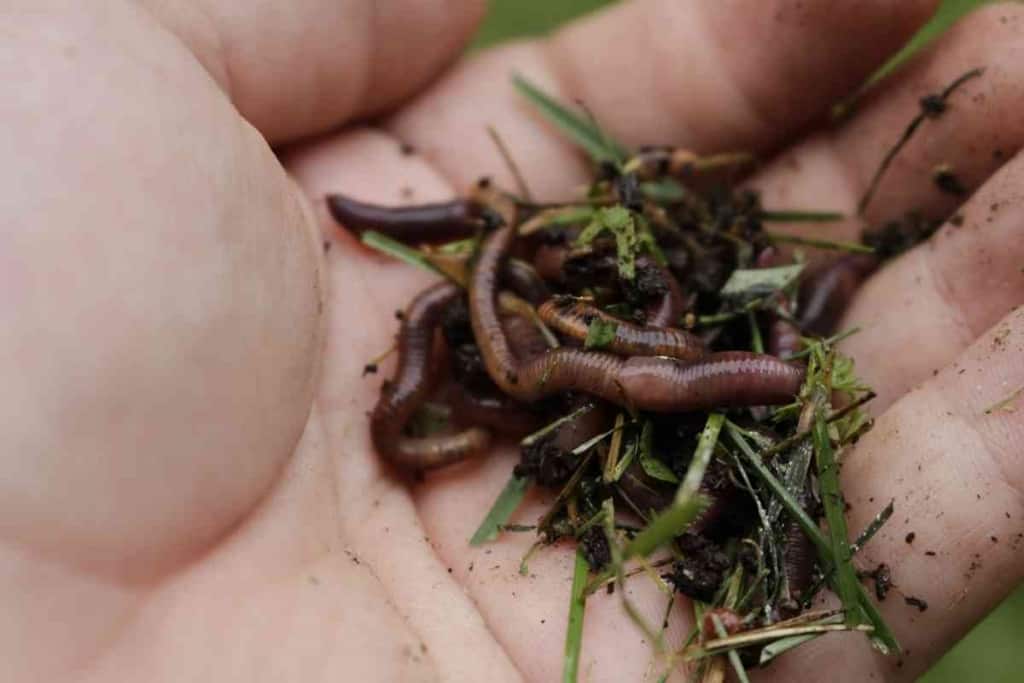
2- Reduce Stress Levels
Another way to prevent cannibalism among axolotls is to reduce stress levels. This can be done by providing a spacious and comfortable tank and avoiding overcrowding.
Additionally, you should avoid handling the axolotls too much, as this can be stressful for them.
3- Remove Sick or Injured Axolotls
If an axolotl is sick or injured, it should be removed from the tank. This is because sick or injured axolotls are more likely to be eaten by other axolotls.
Additionally, they may be contagious and could spread their illness or injury to the other axolotls.
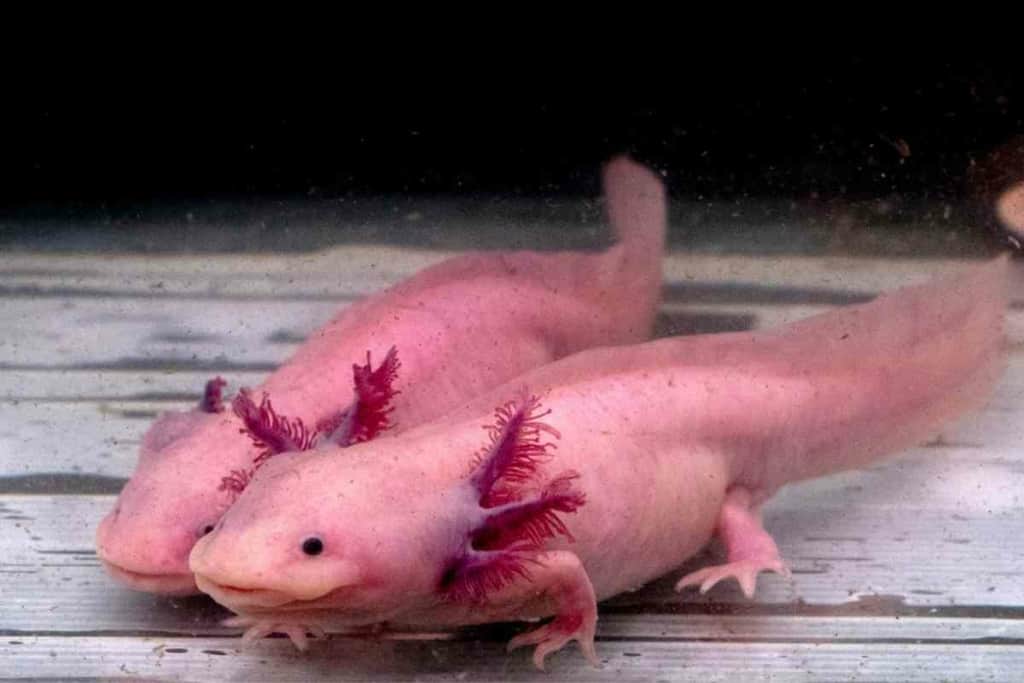
4- Do Not Keep Different Size Axolotls Together
You should also avoid keeping different size axolotls together. If you do, the larger axolotls may eat the smaller ones.
Instead, you should keep axolotls of similar sizes together so that they can coexist peacefully.
5- Quarantine New Axolotls
When you add new axolotls to your tank, you should quarantine them first. This means keeping them in a separate tank for a period of time before adding them to the main tank. This will allow you to monitor them for any signs of illness or injury and prevent them from spreading diseases or parasites to the other axolotls.
6- Monitor Your Axolotls Closely
Finally, you should always monitor your axolotls closely. This means regular check-ups and water changes.
Additionally, you should be on the lookout for any signs of stress, illness, or injury. If you notice anything unusual, be sure to contact a veterinarian immediately.
Symptoms That Your Axolotl Is Becoming Cannibalistic
Here are a few red flags you should keep an eye out for, as these can often be symptoms indicating something sinister when it comes to axolotl eating habits.
- Sudden loss of appetite
- Aggressive or irritated behavior
- Injury, illness, or existing wounds
- Loss of a body part
Key Takeaways
- Yes, axolotls if not given proper diet can resort to cannibalism and eat their companions around them
- You can do a few things to prevent cannibalism, such as providing enough food and water, reducing stress levels, removing sick or injured axolotls, and quarantining new axolotls.
- Additionally, you should always monitor your axolotls closely and be on the lookout for any signs of stress, illness, or injury
- If you notice anything unusual, be sure to contact a veterinarian immediately.
